Catapulting back and forth between Melbourne and the Coorong region of South Australia, Geelong-based writer John Bartlett’s second novel Estuary is a treatise in disability, mental health, indigenous rights and homosexuality – traversing across each of these disparate territories in a quintessential Australian tale of love, loss, discovery and identity.
Readers are first introduced to the novel’s protagonist, Newport-based carpenter Seth, as he struggles to come to terms with his Aunt Leila’s death. Though Leila was “more of a mother to [him] than his own mother had ever been”, Seth was not there for the last few years of his aunt’s life, or even been to his hometown of Adelaide for three decades.
Seth’s disquiet at being home after so long, accentuated by his sense of grief for Leila and his ceremonial obligations as her sole living relative, is tempered by his newfound acquaintance with an older Aboriginal woman called Ruby and her son, Cubadgee. Though Seth has never met them, the mother and son duo were instrumental in Leila’s later life – mainly during her incarceration in a mental hospital after her brother had her admitted and the years after – and Seth begins to piece together what transpired with his aunt in those years he was away.
“I know it’s terrible what was done to the Aborigines in the past, how they lost their land and all that but I didn’t do it, my parents didn’t do it, so how the hell am I supposed to feel responsible?”
The relationship that burgeons between Seth – of Chinese Australian heritage harking back to the gold rush days, with a cleft lip and palate deformity that marred many of his younger years – and Ruby and Cubadgee takes centre stage in the novel, as does Seth’s journey toward atonement for his prolonged period of absence from his aunt’s life.
The three transcend the traditional divide that separates them and are seemingly united by the fact that they each live along an ‘estuary’, a place where the river flows into the sea. Ruby emphasises the significance an estuary holds for Aboriginal people.
“‘This is a special spot, Seth,’ said Ruby, ‘here where the fresh and the saltwater meet. There’s huge energy here. Can you feel it? This is where Ngurunderi cut up the Murray cod when he created the river and threw all the pieces into the water to make the fish we have today.’”
Seth’s reasons for leaving Adelaide are only ever eluded to – his unease in insular small towns being one of them – but as the novel unfolds, the memories of yesteryears and a visit from an old friend Jacko culminate to deliver a shocking twist.
Bartlett intersperses Seth’s present – narrated in first person – with Leila’s memories from the past few decades, and a chapter from Ruby’s perspective thrown into the fray. Leila’s recollections are peppered with transcripts from the mental hospital from the 1970s, which point to liberal use of electroshock therapy, haphazard prescriptions of heavy medication and inhumane confinement of patients. The shocking state of the mental health system of the 1970s is juxtaposed against Ruby’s removal from her family as part of the Stolen Generation and the shocking abuse she endured as a young Aboriginal woman.
Though the writing is at times clichéd and unwieldy, with less than seamless transitions between Seth’s present day life and Leila’s memories, and clunky passages of dialogue thrown indiscriminately into the mix, Bartlett delves into the problematic chasms inherent in modern day Australia – expertly encapsulated in this monologue by Seth’s girlfriend Sandra:
“‘You’re too sentimental Seth. I know it’s terrible what was done to the Aborigines in the past, how they lost their land and all that but I didn’t do it, my parents didn’t do it, so how the hell am I supposed to feel responsible? I don’t have to say sorry for something I didn’t do. Everyone has to be treated the same way, we’re all equal before the law. And that goes for the white middle-class women I see every day with breast cancer as well as some woman in an Aboriginal settlement who’s been bashed.’”
As the main character, Seth is selfish, unthinking and self-absorbed with archaic views of women, indigenous people and the world in which he inhabits.
“‘What about our stories and laws, Seth, doesn’t that count for something over several thousand years? Writing things down is not the only way, you know.’ That was all very well I thought, but this was the real world and the law pretty much had the last word anyway.“
Yet his metamorphosis – as he traces his cultural heritage and Leila’s illustrious yet troubled life, and comes to grips with facets of his identity he had nearly blocked out – grounds the novel and is the conduit through which weightier issues are explored. These include the sexual abuse of Aboriginal women in the early 20th century, the longstanding effects of the Stolen Generation, environmental degradation, and societal views of homosexual people and those who diverge from the mainstream.
Peppered with familiar slang – such as ‘gubba’ and ‘mate’ – and set against the heady landscape of the Australian bushland and well-known Melbourne landmarks, Bartlett’s Estuary is an ambitious novel that brings to the fore just a few of the contradictions characteristic of the Australia we live in today.
By Sonia Nair

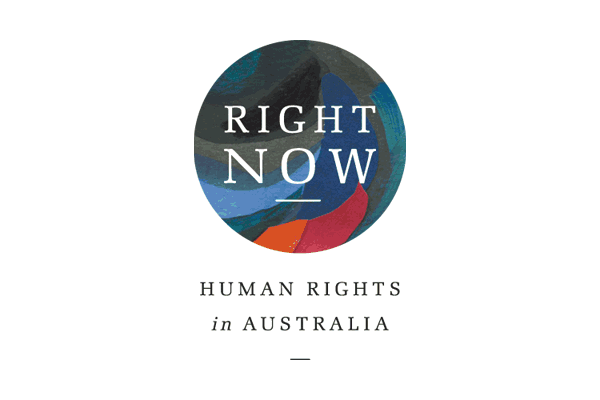

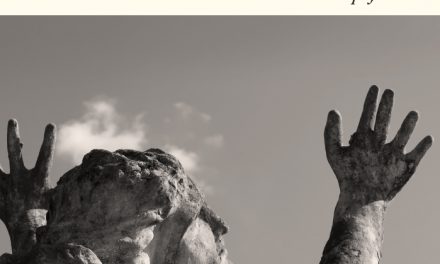
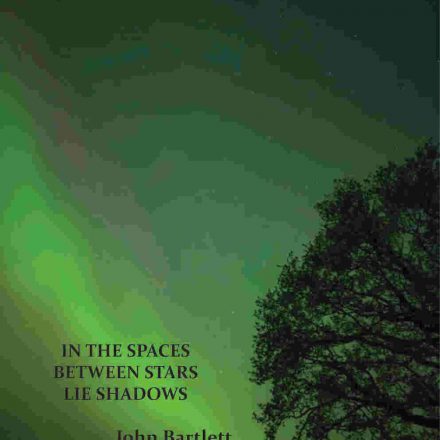
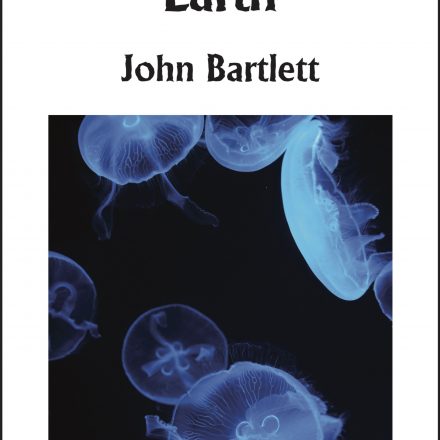
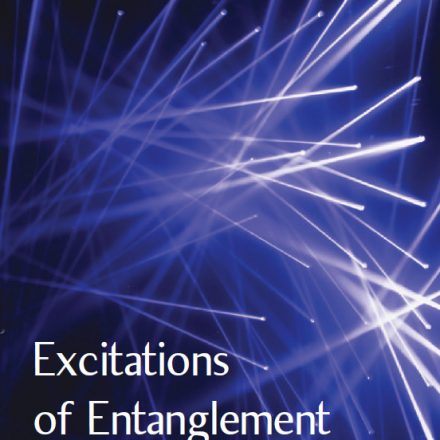
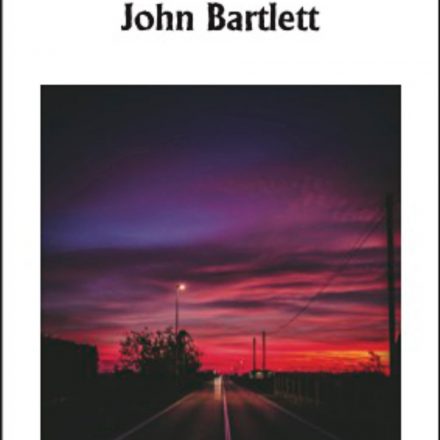
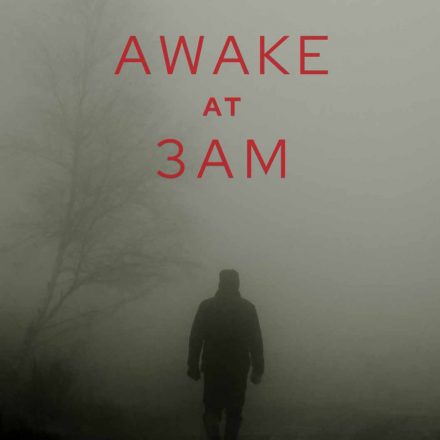
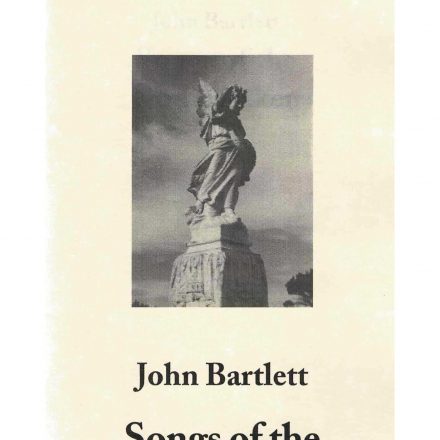

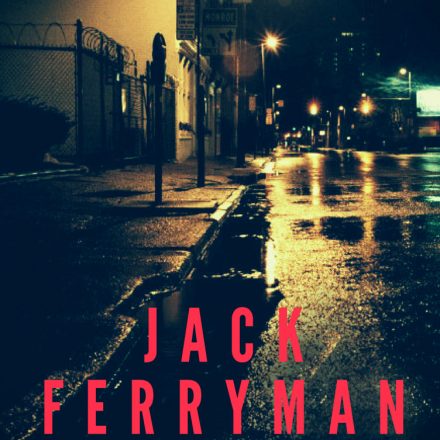
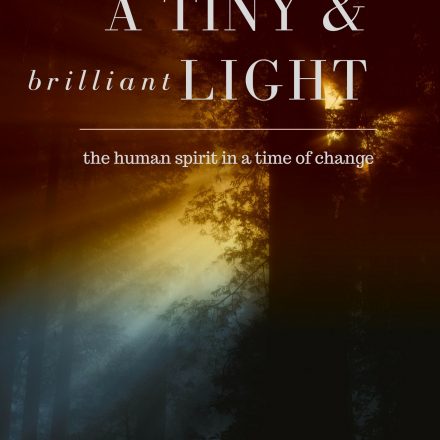
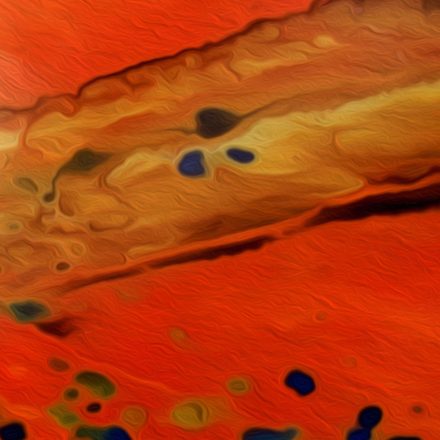
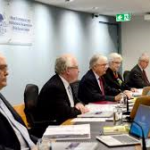
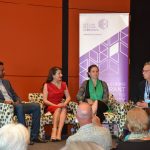
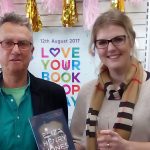

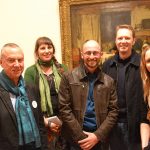




The main character of “Estuary”, Seth, provides an excellent portrayal of the middle-age struggle with new awareness: negotiating temperamental differences with Sandra, his over practical girlfriend with the Pepsodent mouth; relating to his ex-wife, Maddie; getting to know more about his late Aunt Leila, especially of her incarceration in a mental hospital; and learning that he shared his Aunt Leila’s story with indigenous mother and son, Ruby and Cubadgee, from the South-east coast.
John’s skill in characterisation and his well-paced narrative ensure that the main characters are readily known. With alternate chapters set in an earlier year, mainly in the 1970s, 80s & 90s Leila’s story is told in the present, making a more lively telling than would a recounted memory.
“Estuary” is a well-written novel with gems scattered through the pages: the hand-written notes by the doctors in the psychiatric hospital which add such authenticity to the account of Leila’s incarceration; Seth’s childhood discovery of the beauty of the hidden forms in wood, when he is inspired by a piece of driftwood he found on the South-east coast; the philosopher truckie – a character known to anyone who has frequently eaten at a roadhouse on any of Australia’s major highways; and, without giving too much away, the seduction scene.
Seth’s discovery, when investigating his grandfather’s story, of ‘a wheel that turns’ provides a fitting twist to the end.
Enjoy …
Ian Fraser,
Indra Publishing